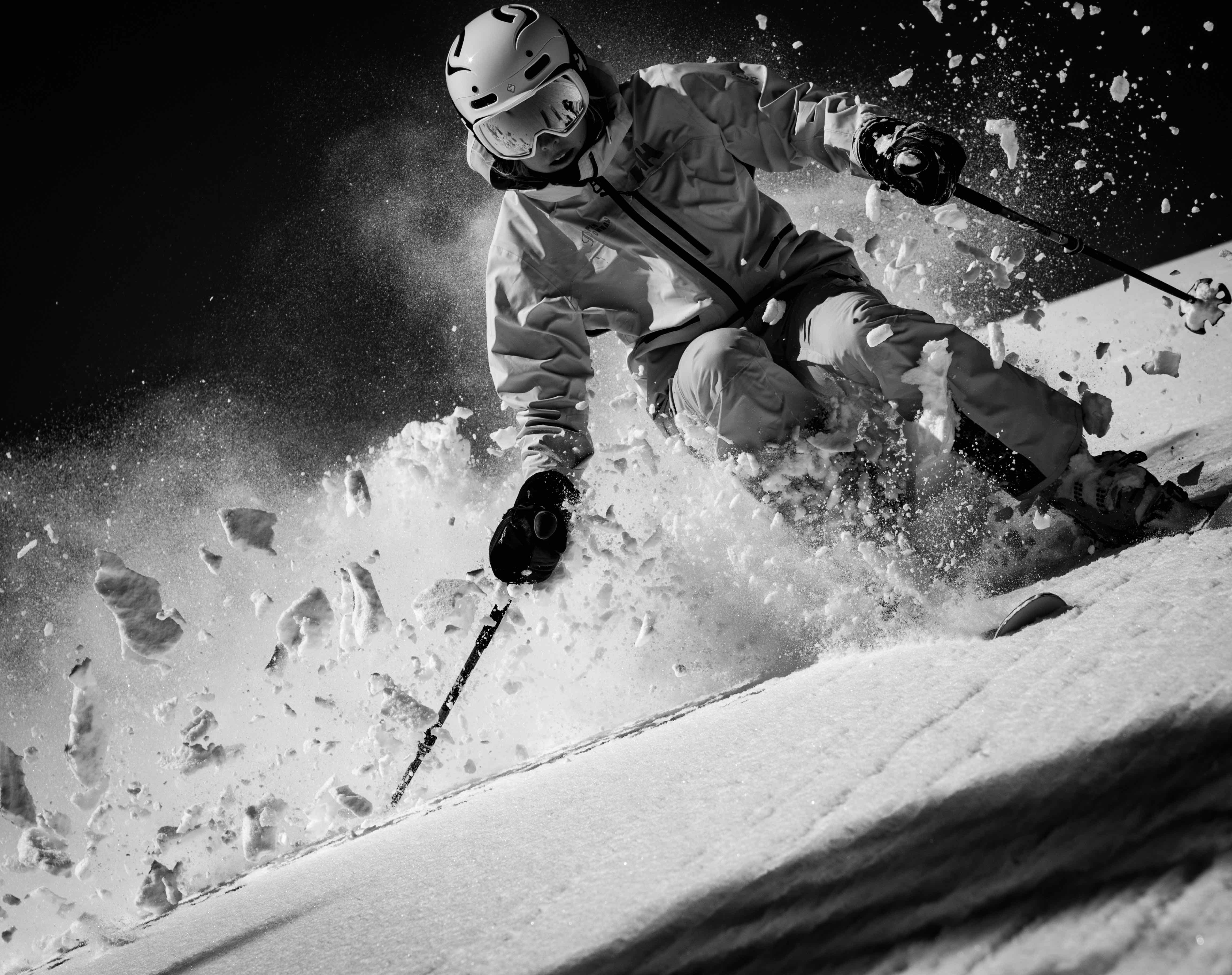Revelations Filter
Filter the Revelations in this list by the topics below
Loading...

Members get so much more content! Please sign-up today and experience all the Realskiers.com has to offer.
Filter the Revelations in this list by the topics below